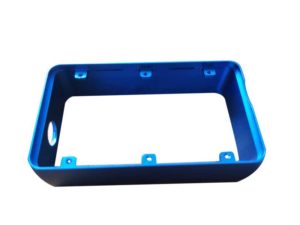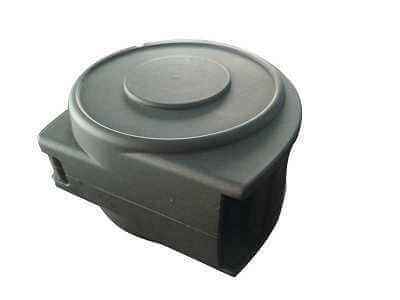Waste: an undesired or unwanted
substance or material. To a stranger, checking in at the metal-casting business,
it looks as though the materials we waste mostly are energy and time - and they
could well be correct! At a few foundries, these non-consumable resources are wasted
- not irresponsibly, not purposely - but as their production and design techniques
are completely based on outdated processes of production.
Process of Past
Engineering
Earlier, pencil and paper
were the crucial tools a designer of casting had - and the progression of a
casting was a procedure which was time consuming and tedious. A paper design
was formed; the document was introduced to the professional die caster - that merged
with a quality toolmaker. Also, a Die
Casting China machine was chosen; the mold layout and process developed and
costs predicted. Price quotations were done. The winner of bid gave authorization
to their tool vendor to order die steel as well as begin with the designing of mold.
When completed, the mold was directly sent to the High
Pressure Die Casting for an initial test. After making
it into the specific machine, castings were done and confirmed for any
imperfections.

It wasn’t until this level
in the procedure that those concerned got any idea regarding the casting quality.
In case the Die Casting Manufacturer
did not measure up to the preferred standards, transformation would have to be done?
Different types of process arrangements and minor corrections on the die can be
done at the Magnesium Die Casting machine
instantly - but in case the first trial confirmed that the mold had to be transformed,
steel had to be ground away as well as welded back again in some other places,
and that particular work had to be completed at the facility of tool vendor.
The particular mold traveled forth and back between die caster and toolmaker until
a satisfactory quality of casting was achieved. The average time between
starting the design of casting and good castings shipping can take most of the
time as per on the size and complexity.
Also, mold designs can and
did – vary, just after production had began, and those transformation meant
molds could have special designs, special ages as well as wearing patterns, and
special qualities of the casting. Even to changes in mold, variations in the
parameters of production such as Zinc
Die Casting machine pressures, pouring transitions
and velocities, volumes of lubrication and locations, cycle times and solidification
changed all through the process of casting. The unbounded requirement to adjust
and get better the casting ended just when the casting wasn’t required anymore.
Working in the direction of a good casting quality kept a great team active along
with involvements of the procedure engineer, mold maintenance, the machine operator
and toolmaker, casting designer, casting machining, quality office, even material
planning, assembly and handling group.
Even there was a specific
time when this kind of 'engineering' was required, the economic realism of now
make it economically unfeasible to keep on in this manner - but yet so, this type
of "engineering" can be originated in companies that are struggling
their way throughout difficult times.

